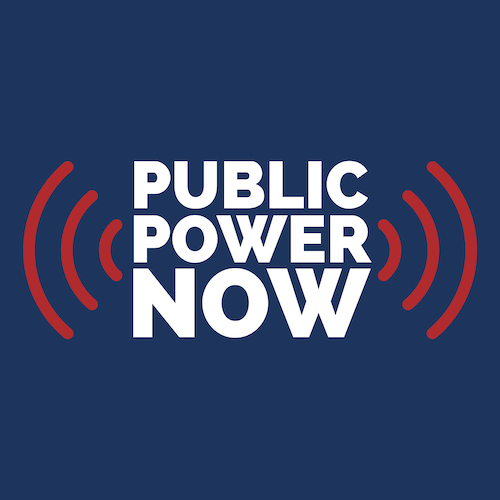Requests to connect clean energy projects to the grid have soared in recent years, leading to longer wait times and backlogs for project developers, according to new research from Lawrence Berkeley National Laboratory.
At the end of 2022, the total capacity of projects in interconnection queues across the country stood at over 2 terawatts, which is greater than the current United States generating capacity of 1.25 terawatts, the report, Queued Up: Characteristics of Power Plants Seeking Transmission Interconnection, found. The capacity in those queues is more than six times the capacity that was queued up for connection in 2014, the authors noted.
Solar, battery storage, and wind energy account for 95 percent of all the proposed capacity, almost equal to the nation’s total installed capacity, according to the report. In addition, the amount of solar, wind, and storage projects in the queues exceeds the amount needed to reach to 90 percent of United States electricity from zero-carbon resources by 2035, the report said.
President Joseph Biden has set goals to create a carbon dioxide pollution free power sector by 2035 and net zero emissions economy by no later than 2050 to combat climate change. “The trends in these interconnection queues suggest that developers are eager to meet this ambition, though they may face some headwinds,” said Joseph Rand, an energy policy researcher at Berkeley Lab and lead author of the study, said in a statement.
The report’s authors also noted that the recent passage of the Inflation Reduction Act, which increased incentives for renewable energy, is likely to drive even further growth in interconnection requests in coming years.
“The interconnection queues illustrate both the opportunity and challenges of electric sector decarbonization in the U.S.,” Rand said. “On the one hand, we see unprecedented interest and investment in clean energy development. On the other hand, the increasing delays and high withdrawal rates point to a major barrier for developers of these projects.”
Interconnection requests now typically take more than three years to complete the requisite grid impact studies in most regions, and the timeline from the initial connection request to having a fully built and operational plant has increased from less than two years for projects built in 2000 and 2007 to nearly four years for projects built between 2018 and 2022, the report found.
In addition, much of the proposed capacity in the queues will not be built for a variety of reasons, the authors noted. Analyzing a subset of queues for which data are available, only 21 percent of the projects, and 14 percent of capacity, seeking connection from 2000 to 2017 reached commercial operations, the report found.

